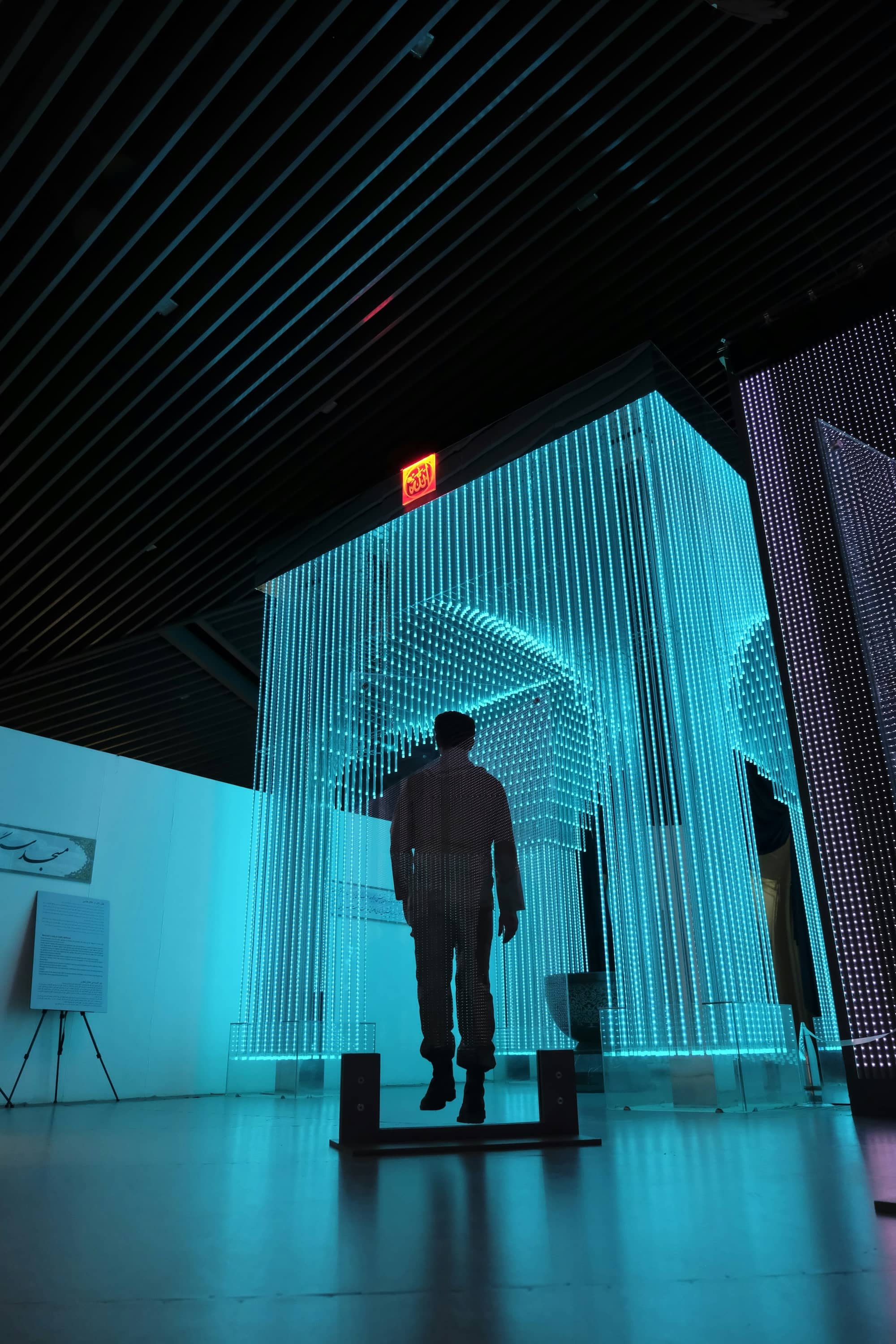Designing for Inclusivity: A Vision for Accessible Spaces
Mar 8, 2024
This article delves into the crucial realm of inclusive design, examining how architects and designers are redefining spaces to cater to diverse needs and abilities. From accessible architecture to user-friendly products, it explores the evolving landscape of inclusivity in design and its profound impact on creating environments that embrace everyone.
Inclusive design goes beyond mere compliance; it strives to create spaces and products that cater to the needs of all individuals, regardless of their abilities or limitations. This section explores the principles and practices of inclusive design, showcasing examples where architects and designers have successfully implemented solutions that prioritize accessibility without compromising aesthetics. By fostering a sense of belonging, these designs contribute to a more equitable and diverse world.
Redefining Beauty through Inclusive Aesthetics
The article delves into the transformative power of inclusive aesthetics, challenging traditional notions of beauty and functionality. Designers are increasingly incorporating universal design principles, ensuring that products and spaces are not only accessible but also aesthetically pleasing. Through case studies and expert insights, it illustrates how inclusive aesthetics are reshaping the design landscape, breaking down barriers and creating a more inclusive and welcoming world.
"Inclusive design is not a special case; it is good design. It's about creating solutions that work for everyone."

Dr. Maya Patel
Accessibility Advocate and Universal Design Expert
Dr. Maya Patel, a prominent advocate for accessibility and universal design, shares perspectives on the importance of considering inclusivity as an integral part of the design process. The article discusses how her work has influenced designers to prioritize accessibility, fostering a more empathetic and inclusive approach to creating spaces and products that meet the diverse needs of the global population.
Furthermore, the article examines the social impact of inclusive design, emphasizing how it contributes to breaking down societal barriers. Spaces that prioritize inclusivity not only accommodate diverse needs but also challenge stigmas associated with disabilities. By fostering a sense of dignity and independence, inclusive design becomes a catalyst for positive social change.
In summary, "Designing for Inclusivity" sheds light on the transformative potential of inclusive design, showcasing how architects and designers are spearheading a movement to create spaces and products that celebrate diversity and empower individuals of all abilities.




